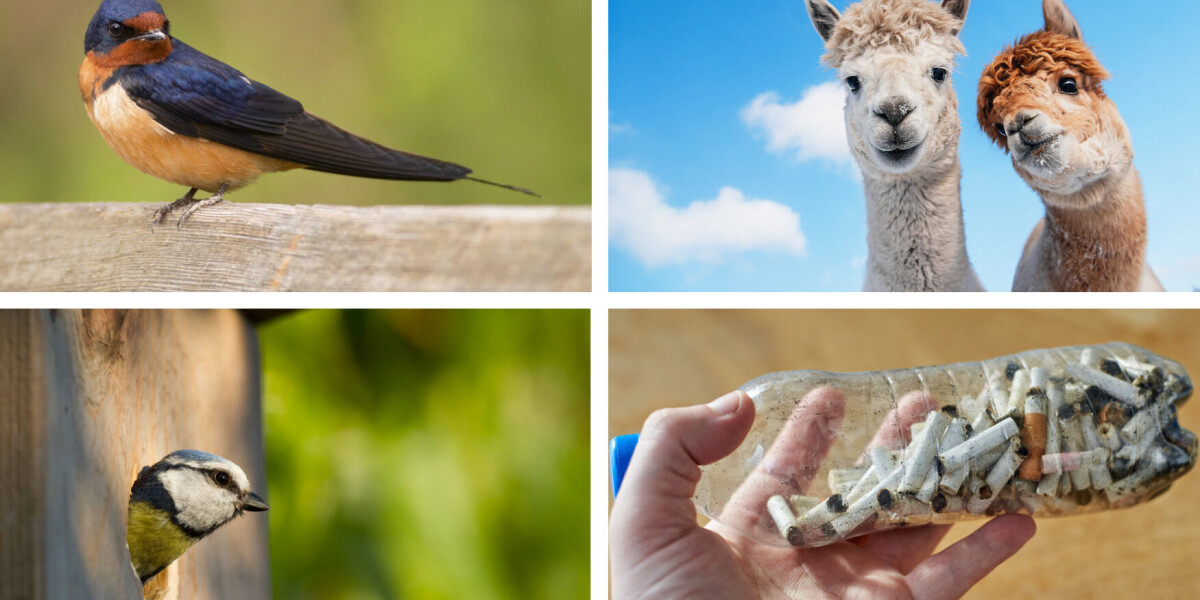
- Select a language for the TTS:
- UK English Female
- UK English Male
- US English Female
- US English Male
- Australian Female
- Australian Male
- Language selected: (auto detect) - EN
Play all audios:
In 2016, the government led by Prime Minister Modi said that farmers’ incomes would be doubled by 2022. It was meant to convey an ambitious target. It was also a departure from targeting
production to income. To this end, a committee was set up in April 2016, under the chairmanship of Dr Ashok Dalwai, an IAS officer who was additional secretary in the ministry of agriculture
and farmers’ welfare. That committee submitted its massive 14-volume comprehensive report in September 2018. Popularly known as the DFI (doubling farm income) report, the entire report and
related documents can be accessed at: https://agricoop.nic.in/en/doubling-farmers-income. The aim was to reach double income for farmer households by 2023. We are still 18 months away from
that stated end date. Some of the metrics are not well defined. For instance, will it be double the income in nominal terms, or in real terms, i.e. adjusted for inflation? Secondly, what is
the start year? Will it be as of 2015-16? Will it be doubling the average income for all farm households? That wouldn’t be necessary, since a tiny fraction, especially those with large land
holdings already have income far above the national average, so presumably those households are not in dire straits, and their income does not need to double. But more than 80 per cent of
the estimated 140 million farmer households are small and marginal farmers. Their incomes are far below the national average. They also constitute the bulk of India’s poor. It is their
income that must double. THREE INCOME SOURCES A farm household earns income through three sources. These are cultivation, wages and other allied activities. This is as per the All India
Rural Financial Inclusion Survey conducted by NABARD of 2016-17. Cultivation brings in only 43 per cent of the monthly income, and wages bring 30 per cent. This is the average for all
households. If you focus on small and marginal farmers, who constitute 82 per cent of the agricultural rural households, then their main source is wages and other allied activities. So, it
is important to remember that small and marginal farmers, along with landless workers, depend on wage labour for their income. Not surprisingly, two-fifths of agricultural output comes from
those who cultivate the land that does not belong to them i.e. either tenant farmers or landless workers. This category of cultivators finds it difficult to get farm loans from institutional
sources like banks. Also, these are workers who depend on MNREGA for supplementary income. During Covid, the demand for MNREGA employment has significantly shot up. The PM-KISAN scheme,
which gives Rs 6,000 as supplemental income to farm households, does not cover all small and marginal farmers, and certainly not landless workers. Thus, out of an estimated 140 million farm
households, the scheme is able to reach 80 to 90 million households. This is an important supplement, but not enough. NABARD SURVEY As per the NABARD survey, the average farm household
income is about Rs 9,000 per month, and for non-farm rural households, it is Rs 8,000. The monthly consumption expenditure is about Rs 7,000. More than half of all farming households are in
debt, with an average outstanding loan size of Rs 1 lakh. The source of the loan could be banks, moneylenders or friends and family. With meagre savings, there is simply no way that the farm
household can hope to service the loan, and eventually repay it fully. Hence, the cycle of taking new loans to repay old loans continues, with often usurious interest rates. One health
episode, during a pandemic or due to a natural calamity like flooding, can wipe out whatever financial resilience the household might have. Last year, agriculture GDP grew by 3.4 per cent
even though the economy was in deep recession. In fact, this was India’s first non-agriculture led recession. Agriculture and allied activities constitute only 15 per cent of aggregate
income. For sustained increase in farm household incomes, the DFI committee identified a seven- pronged strategy. The first six were about farming: increasing the productivity of crops, of
livestock; increasing efficiency and reducing cost; increasing cropping intensity; increasing crop diversification toward cash crops and improving prices received. The last measure depends
on the market, or on the Minimum Support Price regime followed by the government. Thankfully for the farmer producer, the global agricultural price index is at a decadal high. How much of
these global price increases help the Indian farmer is yet to be seen. AMONG TOP 10 AGRI EXPORTERS This year, India has broken into the ranks of the top ten agricultural exporters of the
world. The main exports are cotton, rice, soya and meat. If the government keeps export prices deregulated, then this can certainly prove beneficial. It is important to note that the
livestock economy i.e. milk, eggs, poultry and meat, constitute one-third of agricultural GDP. It is here that much more policy focus is required to increase farmers’ incomes. As for the
remaining seventh strategy, that calls for making conditions easier for farmers to leave and migrate to non-farming activity. Many years ago, a national survey of farmers had revealed that
40 per cent said they would gladly leave farming if only there were good quality jobs available in industry or services. This is the crux of solving the agricultural income challenge. The
big part of the solution lies outside of agriculture. With a robust growth in manufacturing, in employment intensive sectors such as construction, agro-processing, textiles and garments,
leather industries, and even in services such as tourism and retail, that will make a large impact on the incomes of farm households. The farmers’ protest against the three national laws
passed by Parliament in September 2020, is now in its ninth month, and shows no sign of relenting. Clearly, the main concern is what happens to the MSP when the compulsory procurement of
foodgrain from the northern states gets diluted. There is also concern about the relative bargaining and contracting power of the small farmer vis-a-vis the large private purchaser. In an
economy still reeling from Covid and industrial investment and employment still not vigorously picking up, the high inflation in agriculture will not be enough to raise farmers’ incomes by
much. The goal of doubling the income of farmers by 2022-23 is still elusive. _THE WRITER IS AN ECONOMIST AND SENIOR FELLOW, TAKSHASHILA INSTITUTION._ THE BILLION PRESS




:max_bytes(150000):strip_icc():focal(749x0:751x2)/victoria-fuller-peter-weber-1-927800248afc45a2959e0851897952e2.jpg)

